The Backpacker's Sleeping Dilemma
Closed-foam sleeping pads or inflatables?
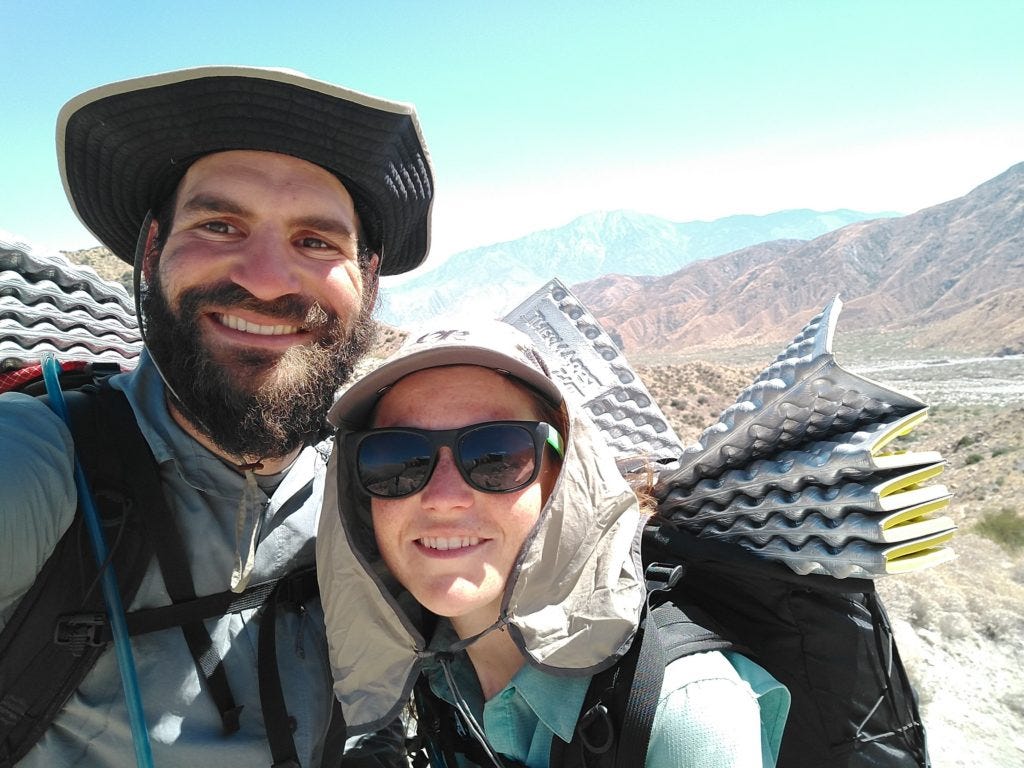
Sleeping on the ground is not the same as sleeping on a bed. The ground is low, hard, and often cold. Hikers and campers typically use a sleeping pad for comfort and insulation, but a never-ending debate amongst outdoors-people is whether to use an inflatable pad or a simple closed-foam pad like those pictured above.
We are both all-in on the side of closed-foam. We used Therm-a-Rest Z Lite sleeping pads on our Pacific Crest Trail thruhike, and we used Nemo Switchbacks on the Continental Divide Trail and Pacific Northwest Circuit. But, some hikers abhor them and opt for inflatables like the NeoAir UberLite instead.
Let’s put both types of pads against each other in terms of weight, warmth, comfort, durability, packability, and bonus features — so you can decide which comes out on top for you!
In the below comparisons, we’ll speak specifically from our experiences with Z Lites on the Pacific Crest Trail and inflatables on various shorter trips.
Convenience:
Closed foam pads are extremely easy to use: you just unfold them and they’re ready to go. After a long day of hiking, this simplicity is worth a lot.
Inflatable pads need to be inflated before they’re ready to use. Many hikers dread blowing up their sleeping pads each night and deflating them in the morning. Battery-powered pumps are becoming more and more popular to see in use, even by ultralight hikers, to avoid the displeasure of blowing up a pad. With closed-foam pads, folding/unfolding takes no more than one second.
Convenience Winner: closed foam
Weight:
Closed foam pads are light. Inflatable pads can be light. Here are specs from a few popular pads to demonstrate:
Closed-foam:
Therm-a-rest Z-lite short/long: 10 oz / 14 oz
Nemo Switchback short/long: 10.5 oz / 14.5 oz
Inflatable:
Exped Ultra 5R medium/long-wide: 20 oz / 29 oz
Therm-a-rest NeoAir XLite NXT short/large: 11.5 oz / 17 oz
Closed-foam pads are always among the lightest options available, while inflatables come in a huge range of weights. Innovation in recent years has reduced the weight of inflatables to make them competitive with closed-foam pads, but in doing so, the price of these has risen several times more than that of a closed-foam pad.
We save weight by using short pads that don’t go all the way down to our feet. We have no regrets about this — we have used long pads as well, and the sacrifice is negligible.
Weight Winner: closed foam (unless you spend crazy $$)
Warmth:
Based solely on R-value (a measure of insulation), inflatables outperform closed-foam pads. But, on cool and cold desert and mountain nights, our Z Lite and Switchback closed-foam pads have insulated us from the ground very well. We’ve even used them directly on snow several times.
Our coldest-ever camping experience was the result of an inflatable pad failing. We were winter camping in Northern Wisconsin with the overnight low dropping to 0 degrees Fahrenheit (-18 C). One of our inflatable pads punctured, it was too cold for the glue in the patch kit to work, and the experience was unpleasant and dangerous. Ever since, we have relied on closed-foam pads for warmth since they insulate well and do not fail. (But on extremely cold winter camping trips, it’s a good idea to double-up with an inflatable and a closed-foam pad.)
That being said, closed-foam pads are not waterproof. If there is considerable water leaking into your tent, both the Z Lite and Switchback can soak up the water like a sponge and transfer it to your sleeping bag. We avoid this by being extremely careful to keep water out of our tent.
Warmth Winner: closed foam (in contrast to popular opinion)
Comfort:
Comfort is a deal-breaker for many would-be users of closed-foam pads. Inflatables provide several inches of loft, while closed-foams give less than an inch between you and the ground. That said, we both find them quite comfortable. They are akin to sleeping on a very firm mattress. They make the ground soft, but not compressible.
Admittedly, we spent years at home sleeping on a Korean-style floor mattress (2.5″ of padding placed directly on the floor), so we may be biased toward firm mattresses in general.
Still, we are both side-sleepers more often than not, so the frequently repeated claim that closed-foam pads aren’t good for side sleepers does not hold true for us. For others, a few nights of use might be all it takes to acclimate to the firmness of a Z Lite or Switchback.
A point worth noting for light sleepers (or those who camp near light sleepers) is that most inflatable sleeping pads make an incredible amount of noise while users toss and turn during the night. Closed-foam pads, in contrast, are entirely silent.
Comfort Winner: Inflatable
Durability:
Inflatable pads are balloons. Like all balloons, punctures render them useless. Camping locations with prickly objects, like thorns in the desert, are particularly prone to puncturing inflatable pads. They usually come with patch kits, and the patch kits usually work, but not always.
The best part about closed foam pads like the Z Lite is that they don’t break. They can’t break. On the PCT, we witnessed several hikers with inflatable pads dealing with punctures like any other chore: filtering water, brushing your teeth, patching your punctures. Even the best inflatable pad in the world becomes completely useless when punctured. Since it is impossible for a closed-foam pad to puncture, re-inflating, hole patching, and pad-less sleeping are not a part of our trail experience. But, over time, they will compress (see below).

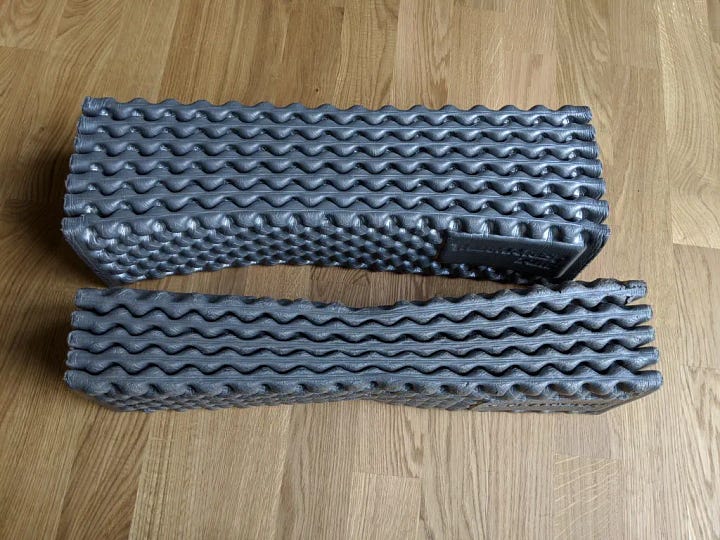
Durability Winner: Closed-foam
Portability/packability:
Inflatable sleeping pads are very small when deflated, sometimes no bigger than a water bottle. Closed-foam pads fold or roll up, but they do not compress. So, there are few places to put them except for strapping them to the outside of your pack.
On our trips of any length, having our pads on the outside of our packs has rarely been an issue. The exceptions are on very windy days when we have to deal with pads flapping around, and on rainy days when they have to be wrapped in a garbage bag to keep dry (because they will soak up water).
But, having your sleeping pad easily accessible on the outside of your pack comes with perks. It makes it simple to grab without a second thought to use as a sitting pad during breaks, or to lie on during afternoon siestas.
We’ve been surprised to realize how many backpackers carry sitting pads in addition to inflatable sleeping pads to use during breaks. When you spend lots of time sitting on the ground, an additional layer of protection from moisture, dirt, rocks, and cold is great. When using closed-foam pads for sitting, we often fold them in half for extra softness.

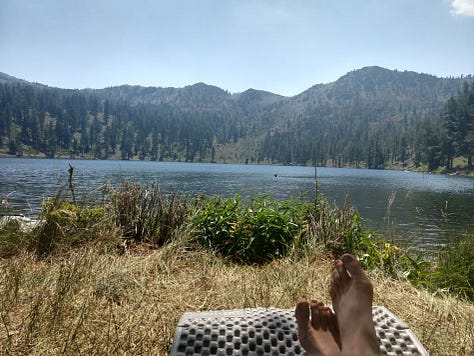

Portability/packability Winner: tie
Here’s an ancient video of us reviewing our Z-Lite pads:
Note: This was filmed before we had much of any video-making experience 😅
Here’s a skit about why we don’t use inflatable pads (also from our early video-making days):
Want to learn more trail tips? Subscribe to our Substack members-only chat.
Disclosure: We use affiliate links in this post, which may include Amazon affiliate links and others. We receive a small commission on some of the products you buy. There is no extra cost to you.
This post originally appeared on the Thruhikers blog.



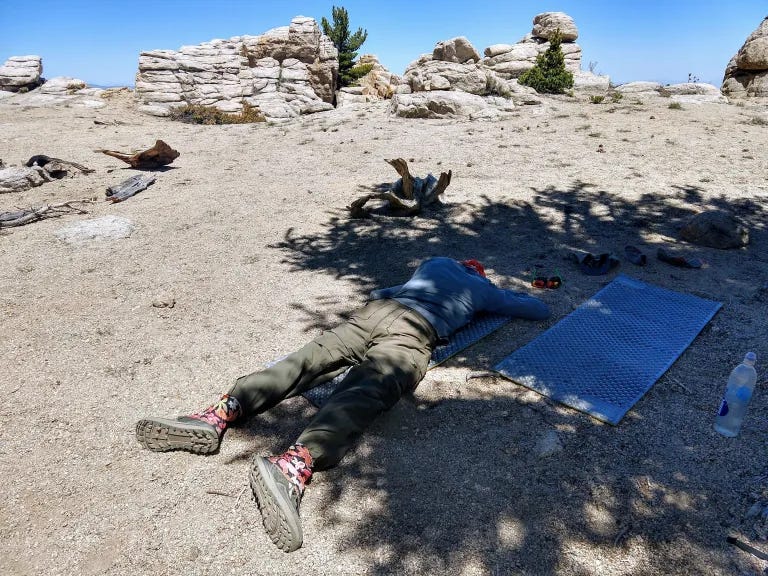
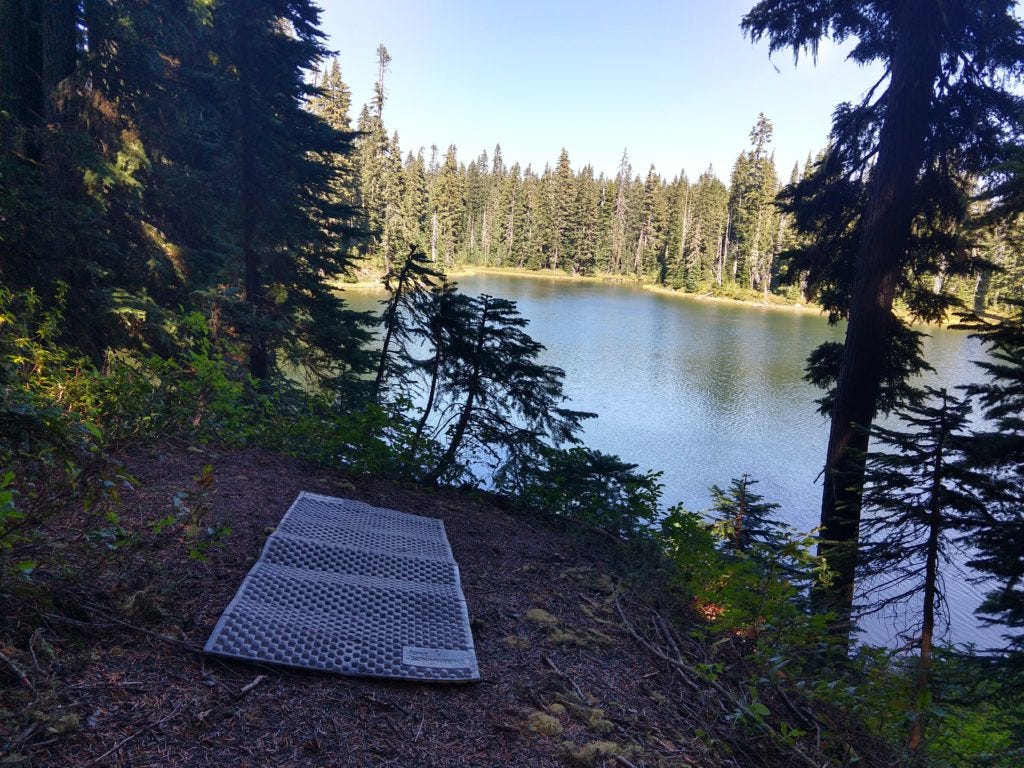
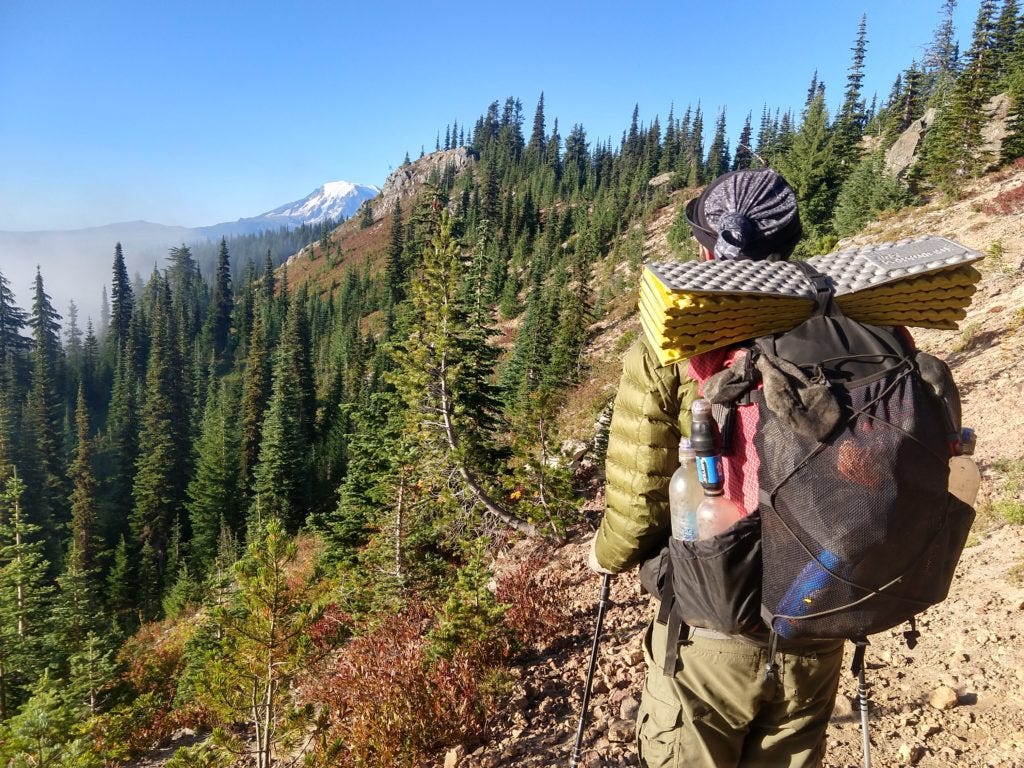



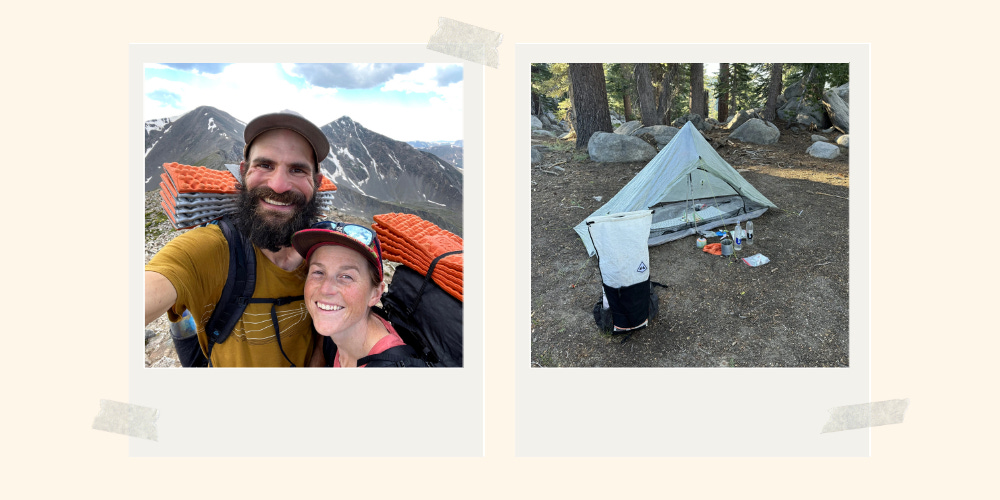
Our backpacking trips are not longer than a week and never huge miles, but I swear by using both at the same time. I would use an inflatable anyway for comfort, and the added closed cell is protection from punctures, it keeps the pad from sliding around, and is also a daytime sit pad.
I will never give up my inflatable! I have to admit I am a curvy girly (36/29/44 aka I have hips) and a side sleeper. The closed foam pads don’t support my hips and I wake up all night feeling like they are digging into the ground. I have an exped and I wouldn’t traded it for the world. It takes me less then a minute to blow up and worth every puff of air.